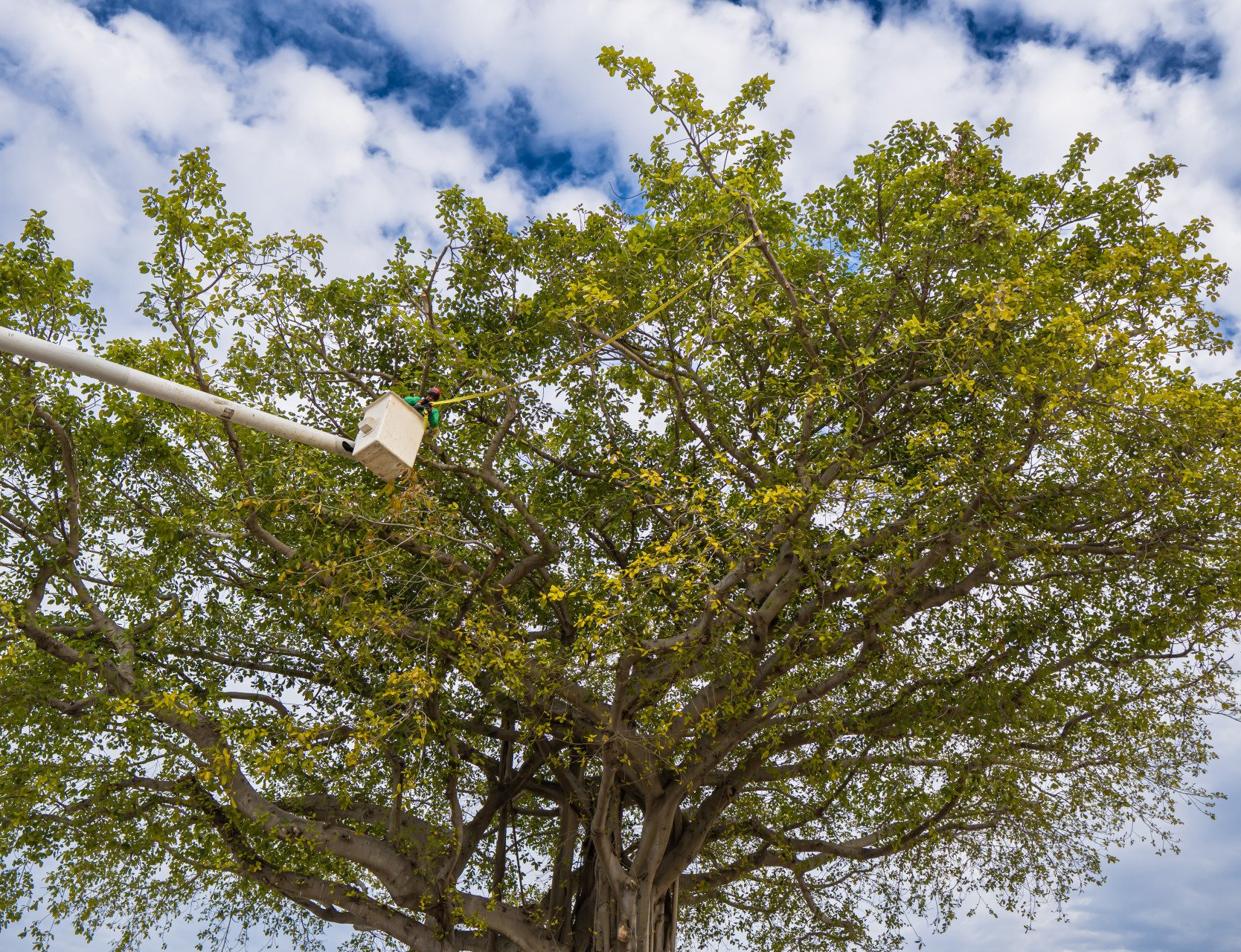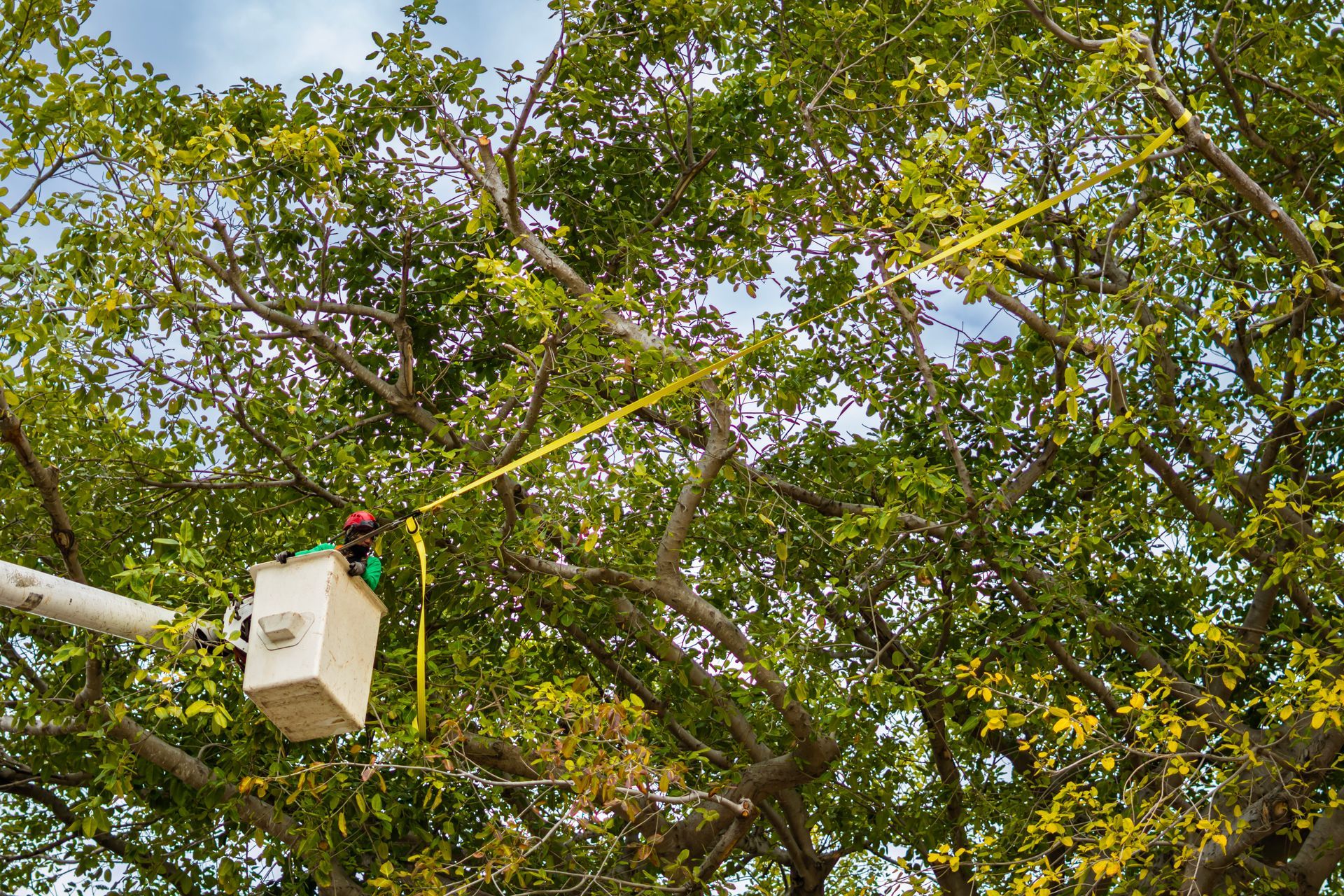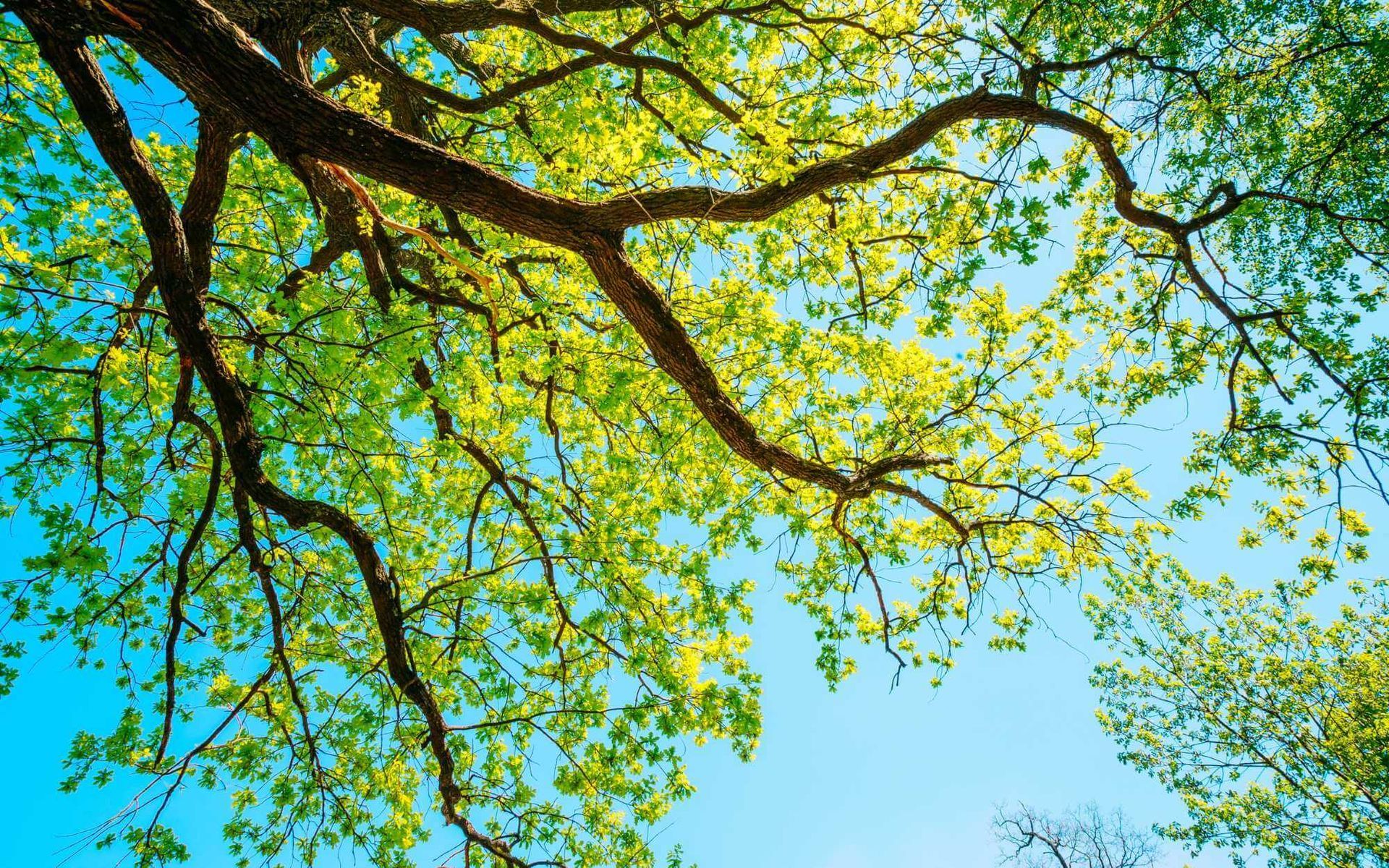Canopy Thinning Strategies for Enhancing Wind Resistance
PUBLISHED ON
SHARE THIS ARTICLE

Wind resistance is a crucial factor in maintaining the health of a tree. It determines how well a tree can withstand heavy winds and storms, which can be especially damaging to the tree's structural integrity.
Yet, there are strategies to strengthen a tree's resistance to these natural elements, and canopy thinning is at the forefront. This technique involves selectively removing branches to reduce the tree's density, thereby reducing the force of wind on the tree and improving its overall wind resistance.
In this blog post, we'll explore how proper pruning can be an effective strategy in enhancing a tree's wind resistance, helping it stand tall and strong through the seasons.
South Florida Hurricanes and Canopy Thinning
South Florida, an area renowned for its lush greenery, is regularly barraged by hurricanes. These tempestuous storms often result in massive tree damage and loss, creating hazardous conditions for residents and the environment.
Canopy thinning becomes pivotal here. By reducing the tree density, it minimizes the wind's impact on trees, subsequently reducing the risk of uprooting or breakage. This strategy also bolsters the tree's vitality, allowing it to recover more swiftly post-storm.
As such, canopy thinning is not merely beneficial, but essential in regions like South Florida, preserving its verdant landscape and safeguarding it against the destructive forces of hurricanes.
Key Strategies for Canopy Thinning

For effective canopy thinning, several key pruning methods can be employed:
- Selective Pruning: This method involves the careful removal of specific branches to reduce canopy density while maintaining the tree's natural shape. It's crucial to retain healthy, well-spaced branches to ensure balanced weight distribution.
- Crown Thinning: Excess branches in the tree's crown are removed to allow more light penetration and air movement. However, no more than 25% of the crown should be removed at one time to avoid causing undue stress to the tree.
- Crown Lifting: This approach removes lower branches to elevate the tree's canopy. Crown lifting reduces wind resistance at the base and allows wind to pass through the tree more easily.
- Crown Reduction: It's an extensive form of pruning, usually implemented when a tree has grown too large for its space. Crown reduction involves reducing the height or spread of the tree by pruning back the leaders and branch terminals.
In terms of timing, it's often best to conduct pruning operations in late winter or early spring when most trees are dormant. This timing minimizes the risk of pest problems associated with wound entry and promotes rapid wound closure.
The frequency of canopy thinning depends on the tree species and its health. However, it's generally recommended to allow at least a few years between thinning operations to allow the tree to recover. Monitoring the tree’s reaction to thinning can guide subsequent pruning decisions.
Enhancing Wind Resistance through Canopy Thinning

Canopy thinning enhances a tree's wind resistance by reducing the surface area that wind can push against, akin to a ship's sail.
By selectively removing branches, the tree's density decreases, permitting wind to pass through the canopy instead of against it, diminishing the likelihood of uprooting or breakage. This technique also allows for balanced weight distribution, stabilizing the tree further.
Additionally, removing weak or diseased branches through thinning strengthens the tree's overall structure, making it less prone to wind damage. Finally, canopy thinning promotes healthier growth, enabling the tree to recover quickly from the stress of wind events.
Therefore, canopy thinning is an effective strategy for enhancing wind resistance in trees.
Bolster your garden against the elements!
Canopy thinning is a vital strategy for boosting tree wind resistance. It decreases tree density, allowing wind to pass through, and reducing the risk of uprooting or breakage. This technique achieves balanced weight distribution and promotes healthier growth, aiding in swift recovery post-wind events. Implement this efficient strategy for healthier, stronger trees.
If unsure of the process, call upon our
certified arborist who can assist in professionally thinning your trees for optimal wind resistance. Let's safeguard our green giants against the elements today!
Want a free quote or some friendly advice? Call our team today:






